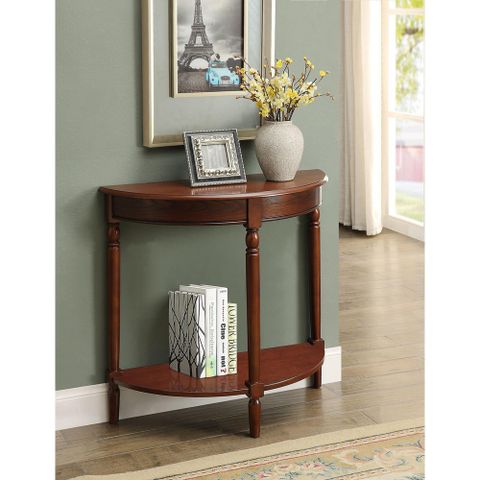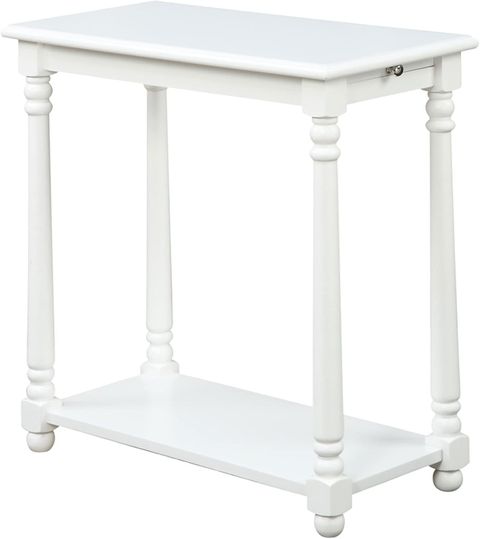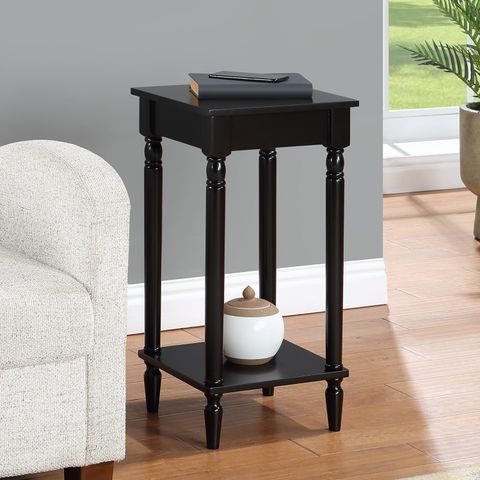There’s something magical about French country furniture that seems to transport us to sun-drenched countryside estates and cozy rural retreats. Whether you’ve stumbled upon a vintage piece at a flea market or are considering adding some French country flair to your home, there’s a reason this style has remained so popular for decades. What exactly makes this design aesthetic so irresistible? Let’s explore the elements that create its enduring appeal.
French country furniture design has a special place in the hearts of many homeowners and interior designers alike. It’s not just about pretty pieces or nostalgic charm – there’s something fundamentally appealing about how this style balances rustic authenticity with elegant sophistication. Think of it like a warm embrace that feels both familiar and luxurious. The appeal isn’t merely superficial; it speaks to our desire for comfort, craftsmanship, and connection to simpler times. Whether you’re drawn to the weathered wood tones, the handcrafted details, or the overall sense of tranquility these pieces offer, there’s a deeper reason why French country furniture resonates so strongly with people today.
The Historical Roots of French Country Design
To truly appreciate French country furniture, we must understand its origins. This style emerged from the rural traditions of France, particularly from the countryside regions like Provence and Normandy. These areas had a rich history of woodworking and artisanal crafts that emphasized functionality alongside beauty. Imagine the old farmhouses where generations of families created furniture that would last for decades. The design philosophy was simple yet profound: make pieces that were both beautiful and useful, built to withstand the test of time. During the 19th century, as industrialization began to change everything, these traditional approaches to furniture making became increasingly valued as they represented a connection to heritage and craftsmanship. Many pieces were made by local craftsmen using traditional techniques passed down through families. This history gives French country furniture its authentic character and enduring appeal. The style wasn’t just about aesthetics – it was about preserving cultural identity while creating functional homes.
Key Visual Elements That Define the Style
What makes French country furniture instantly recognizable? Several visual elements work together to create that distinctive look. First, there’s the characteristic color palette. Think warm earth tones like terracotta, sage green, and butter yellow. These colors reflect the natural landscape of the French countryside. You’ll often see pieces in soft whites or cream, which create a fresh, airy feel. Wood tones play a crucial role too. The furniture typically features natural wood grains with a weathered or distressed finish that suggests age and character. Many pieces showcase the wood’s natural texture rather than hiding it under heavy paint. Another important element is the use of decorative motifs. Floral patterns, especially in fabrics and upholstery, are common. You might see delicate roses or peonies rendered in various styles. The overall effect is one of gentle romance mixed with practicality. The lines are usually soft and rounded rather than sharp, giving the pieces a welcoming, comfortable appearance. This combination creates a visual language that feels both elegant and approachable.
The Art of Handcrafted Details
One of the most compelling aspects of French country furniture is the attention to detail in its construction. Unlike mass-produced alternatives, these pieces often feature hand-carved elements that add unique character. You might notice small decorative carvings along the edges of tables or subtle embellishments on chairs. The joinery techniques used are often traditional, with mortise and tenon joints that create strong, lasting connections. Some pieces even show visible wood grain patterns that highlight the material’s natural beauty. The finishing touches matter enormously too. Rather than using harsh, modern finishes, French country pieces often have a soft, aged patina that suggests careful preservation. Sometimes you’ll find pieces that have been deliberately distressed to enhance their vintage appearance. This intentional aging process gives each item a story to tell. The artisans who create these pieces take pride in their work, spending considerable time ensuring every element meets their standards. These details make each piece feel special rather than generic, which is why collectors and homeowners alike seek them out.
Functionality Meets Aesthetic Appeal
French country furniture succeeds because it never sacrifices function for form. Every piece is designed with practical use in mind, yet it still looks beautiful when displayed in a room. Consider a dining table – it’s built to accommodate family meals and gatherings, but its design enhances the dining experience rather than detracting from it. The proportions are carefully considered to fit comfortably in various spaces. Storage solutions are cleverly integrated into designs, with hidden compartments and drawers that keep clutter at bay. The seating options often provide both comfort and style, whether it’s a chair with a curved back or a sofa with a classic silhouette. Even smaller items like side tables or credenzas serve multiple purposes. They provide surface space for books, plants, or decorative objects while also contributing to the room’s overall aesthetic. This dual focus on utility and beauty creates pieces that truly enhance daily life. The style understands that furniture should support living, not complicate it. It’s about creating spaces where people want to spend time.
Versatility in Modern Living Spaces
Contrary to what some might think, French country furniture doesn’t limit your design choices. In fact, it offers tremendous flexibility when incorporated into contemporary settings. The neutral color schemes and classic silhouettes allow these pieces to blend seamlessly with modern decor. You can pair a vintage French country chair with sleek contemporary lighting fixtures, or place a rustic wooden table beside minimalist sofas. The key is finding balance between old and new elements. Many homeowners discover that French country pieces add warmth and personality to otherwise stark modern interiors. The style works particularly well in open-concept living spaces where different elements can coexist harmoniously. The furniture’s timeless nature means it won’t date quickly, making it a smart investment for those wanting long-term appeal. Even in small spaces, French country pieces can make a significant impact. A single statement piece like a painted chest of drawers can transform an entire room. The adaptability of this style makes it accessible to people with varying budgets and design preferences.
Cultural Connection and Emotional Appeal
Beyond the physical attributes, French country furniture carries emotional weight that many people find deeply satisfying. It represents a romanticized vision of rural life that many aspire to, even if they live in urban environments. The pieces often evoke feelings of nostalgia and comfort, reminding us of simpler times and slower-paced living. There’s something appealing about the idea that these items have been lovingly crafted and perhaps even owned by previous generations. The connection to tradition and craftsmanship adds layers of meaning that go beyond mere decoration. People often describe feeling a sense of peace when surrounded by French country pieces. This emotional response is part of what makes the style so enduring. It’s not just about looking good – it’s about creating an atmosphere that feels right. The furniture seems to invite conversation, relaxation, and genuine human connection. This psychological aspect of design is often overlooked but plays a significant role in why people gravitate toward this particular aesthetic.
French country furniture design continues to captivate people worldwide because it strikes a perfect balance between beauty and functionality, tradition and modernity. Its appeal lies not just in its visual characteristics but in the stories it tells, the comfort it provides, and the emotional connection it creates. Whether you’re drawn to its historical roots, its handcrafted details, or simply its ability to bring warmth to any space, there’s something inherently satisfying about incorporating these pieces into your home. The style’s enduring popularity proves that people crave authenticity and craftsmanship in an age of mass production. As we continue to seek refuge from fast-paced modern life, French country furniture offers a tangible connection to values that matter – quality, tradition, and the simple pleasure of beautiful, well-made things. The appeal isn’t going anywhere anytime soon, and for good reason. It’s a design philosophy that respects both the past and the future, creating spaces that feel both timeless and lived-in.





